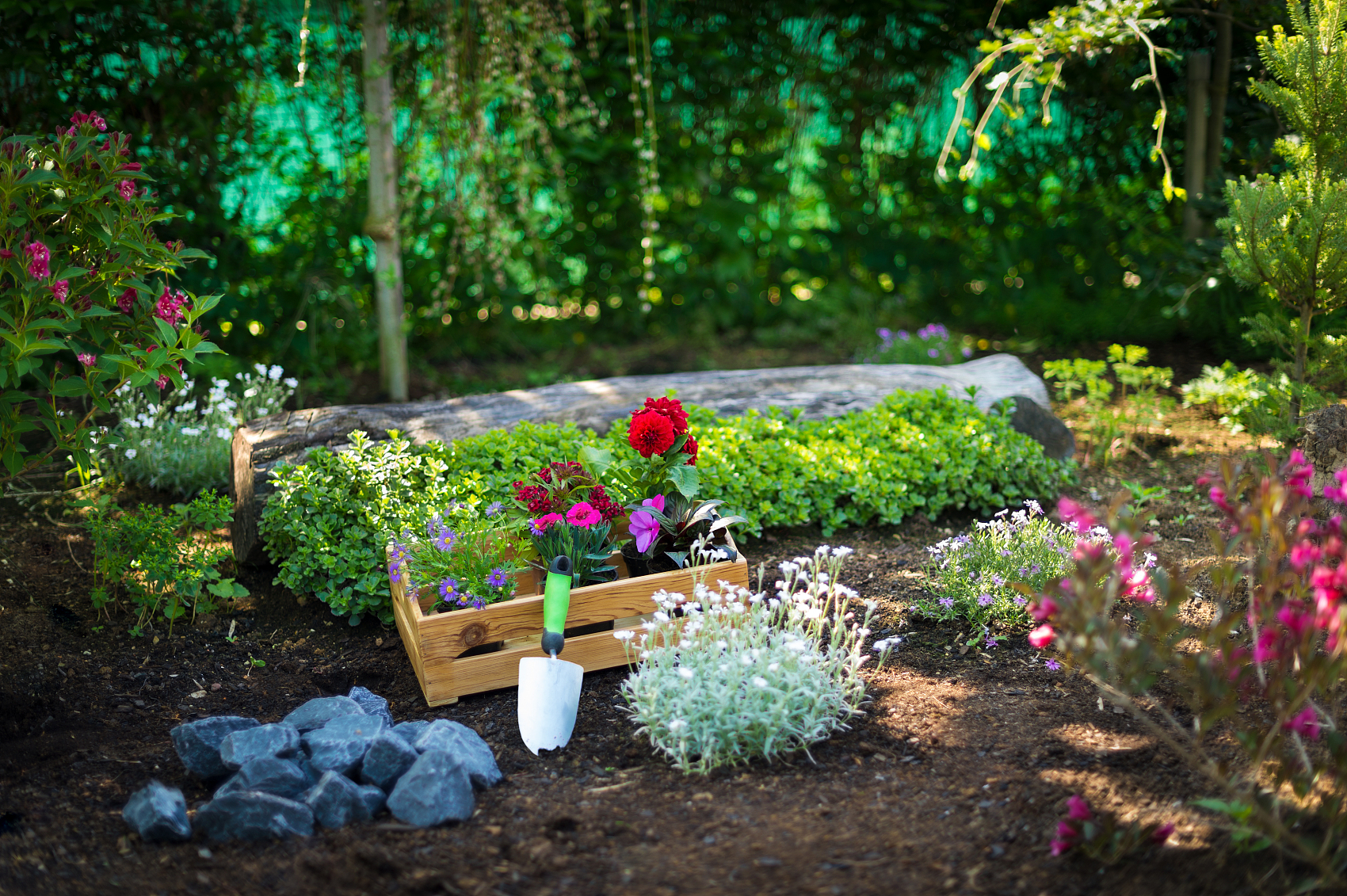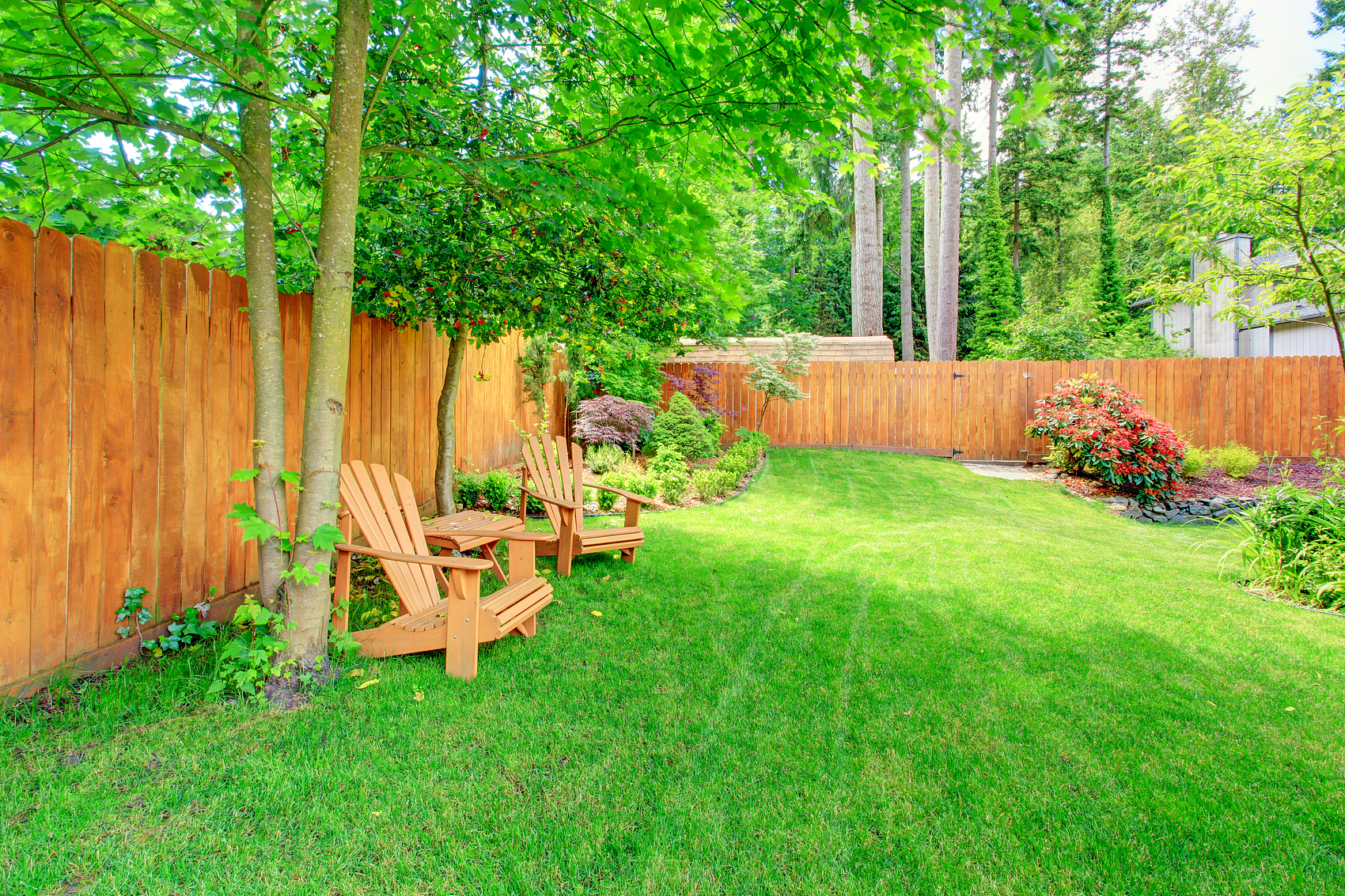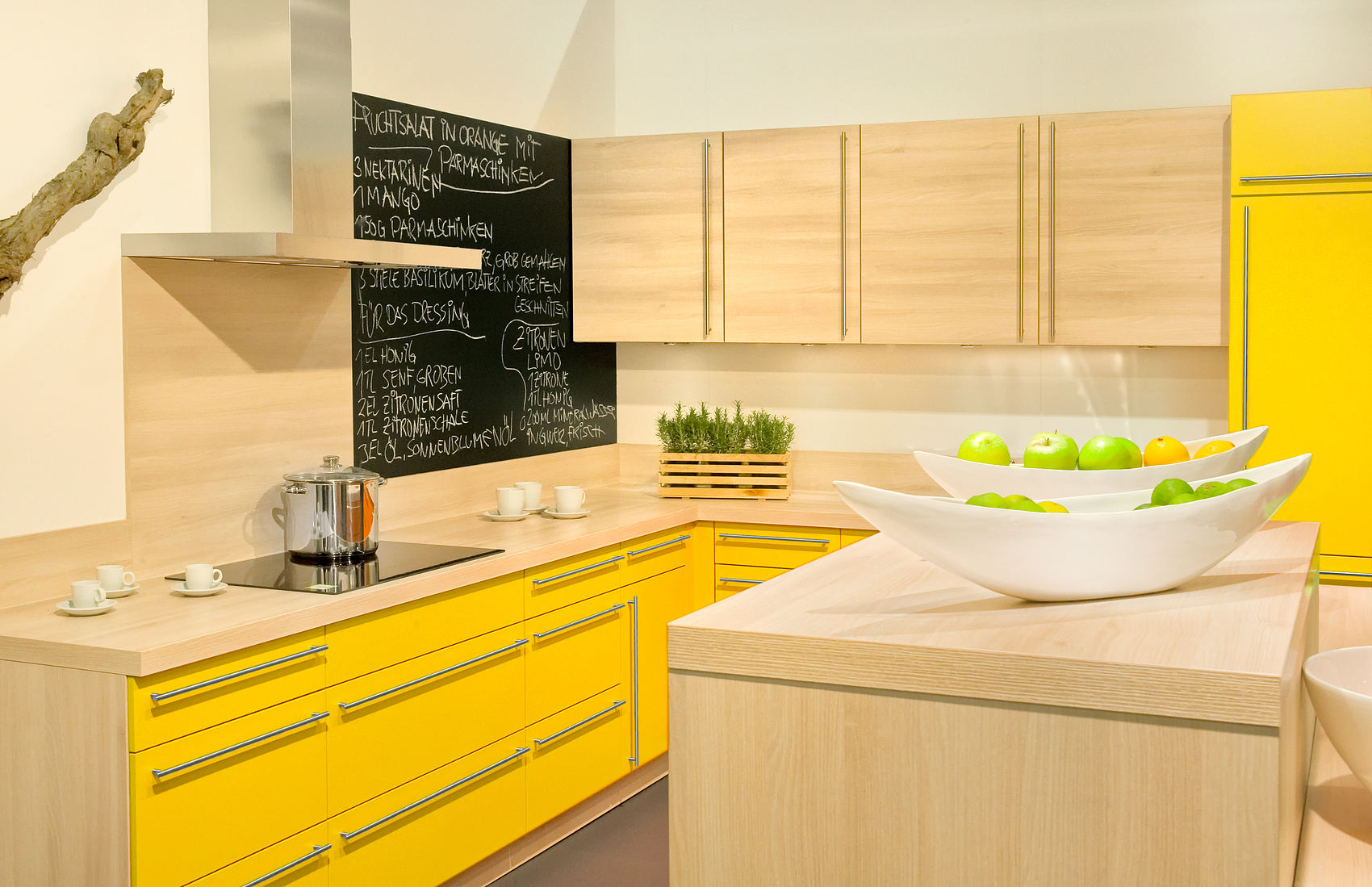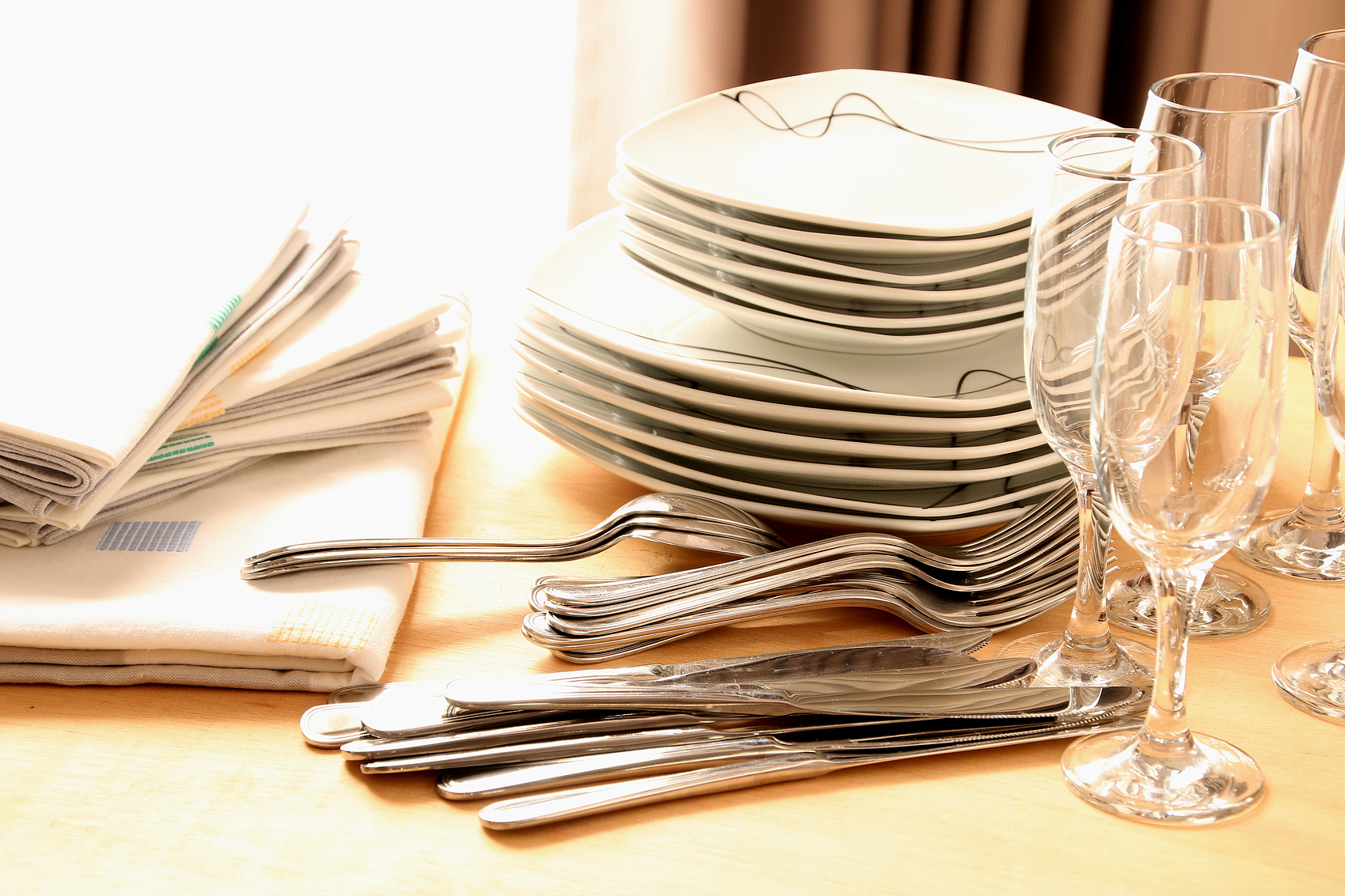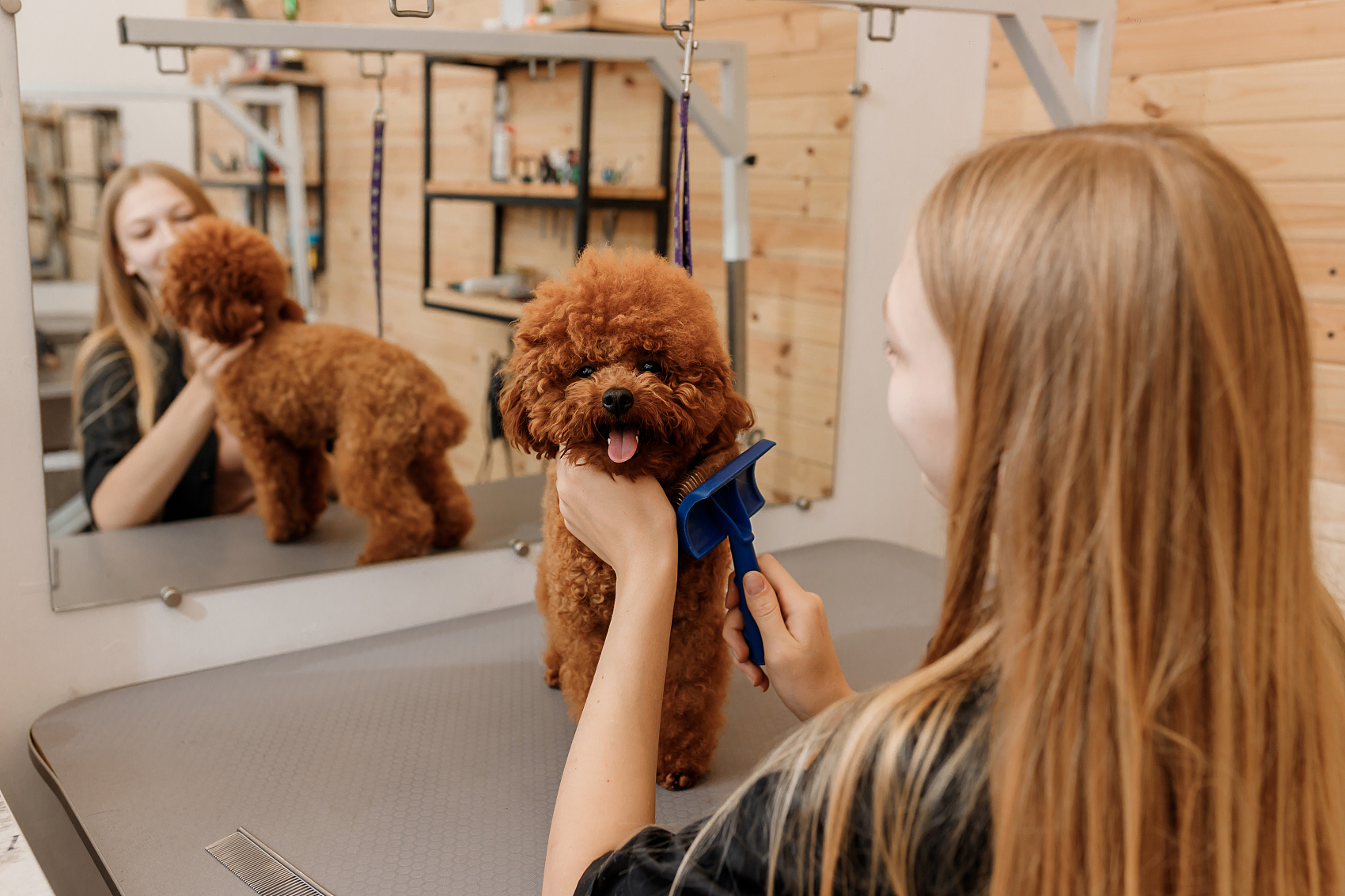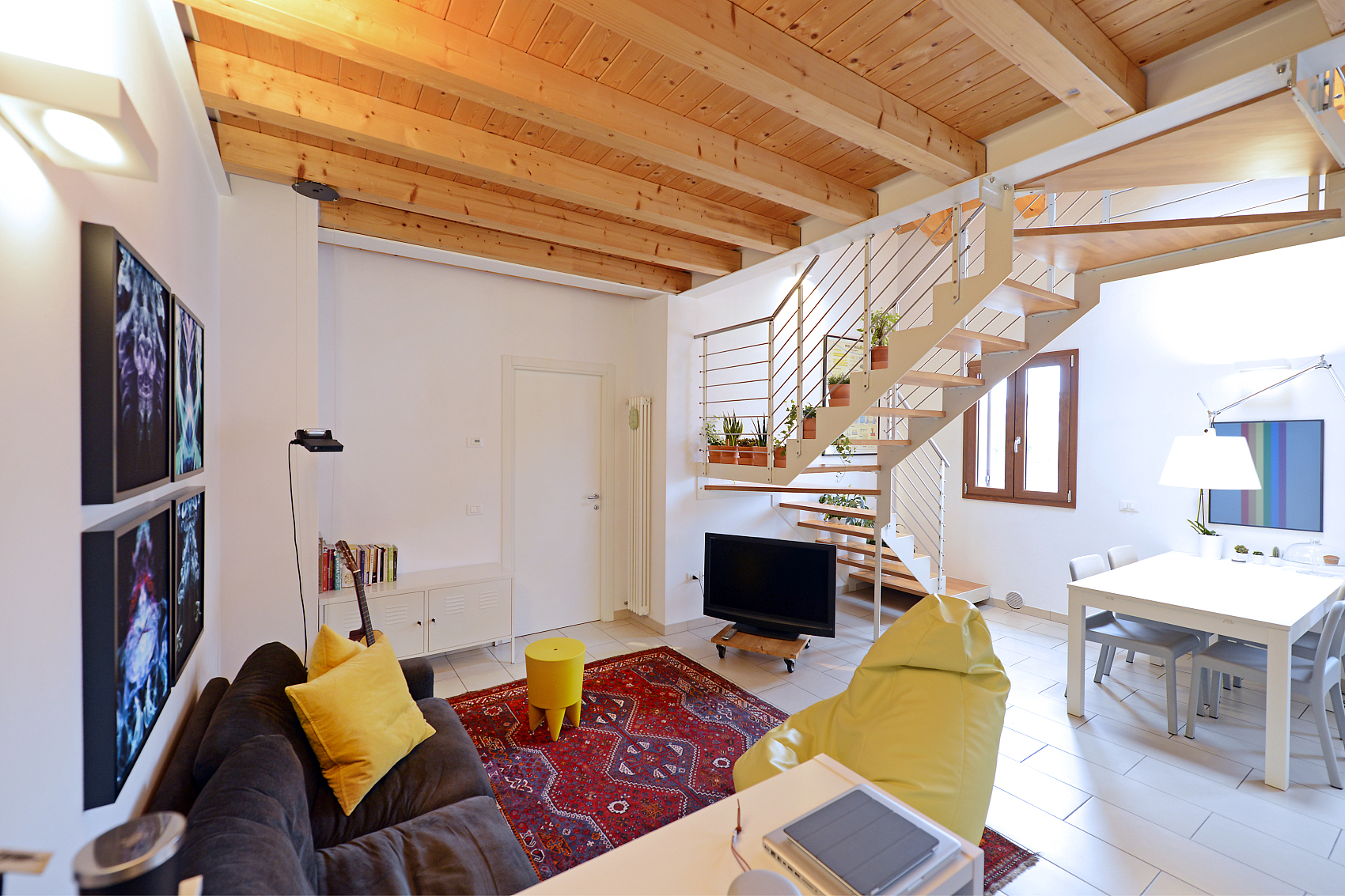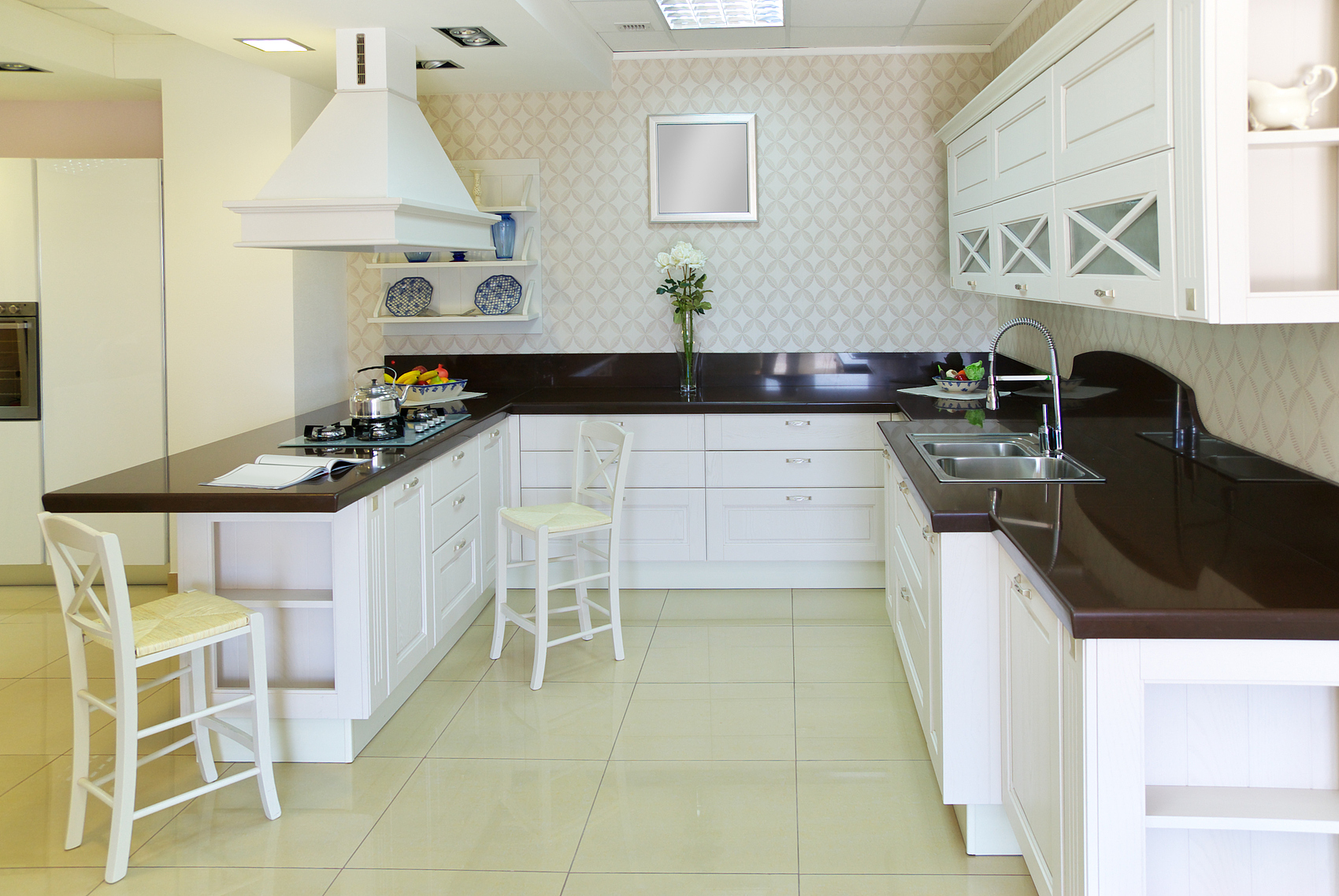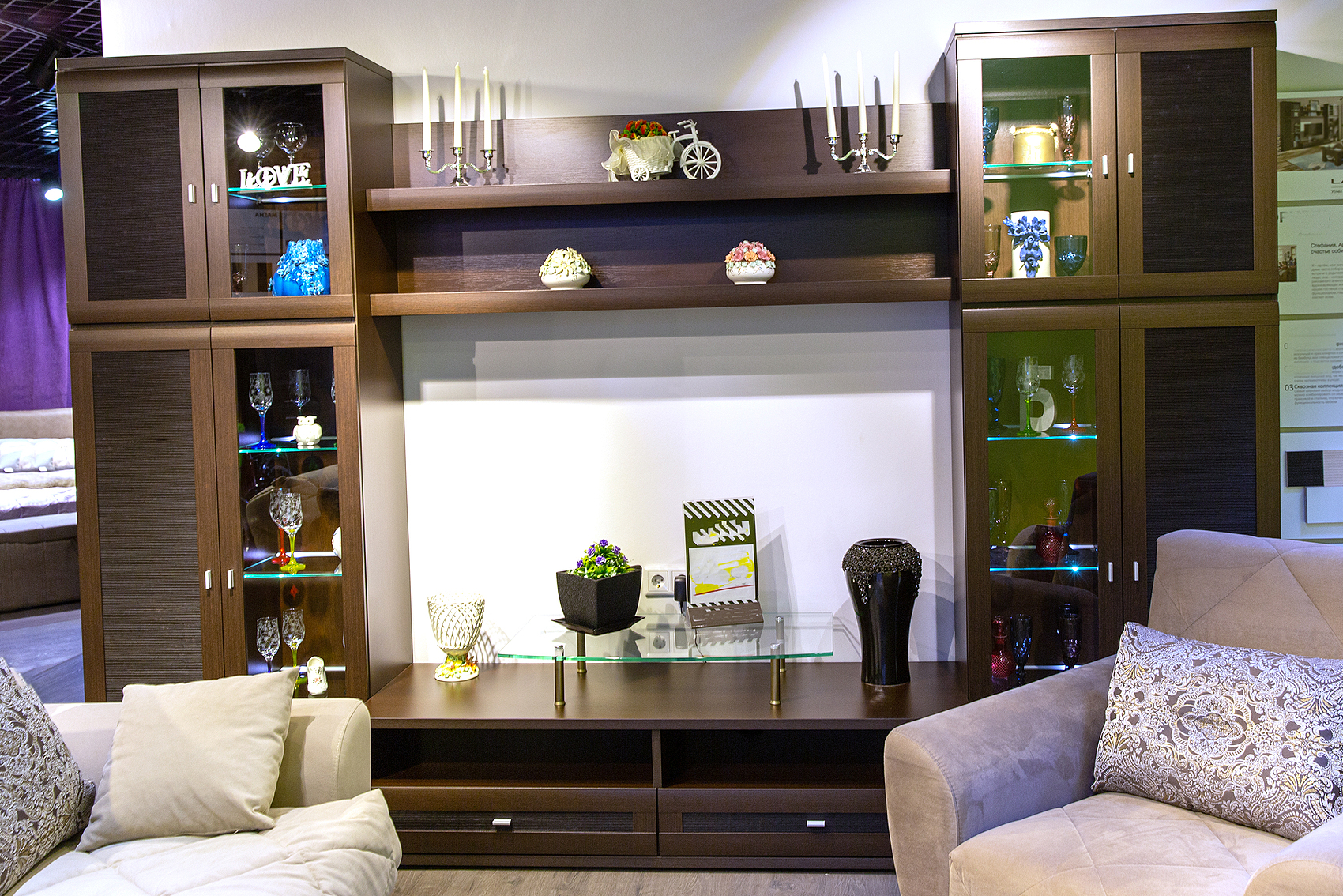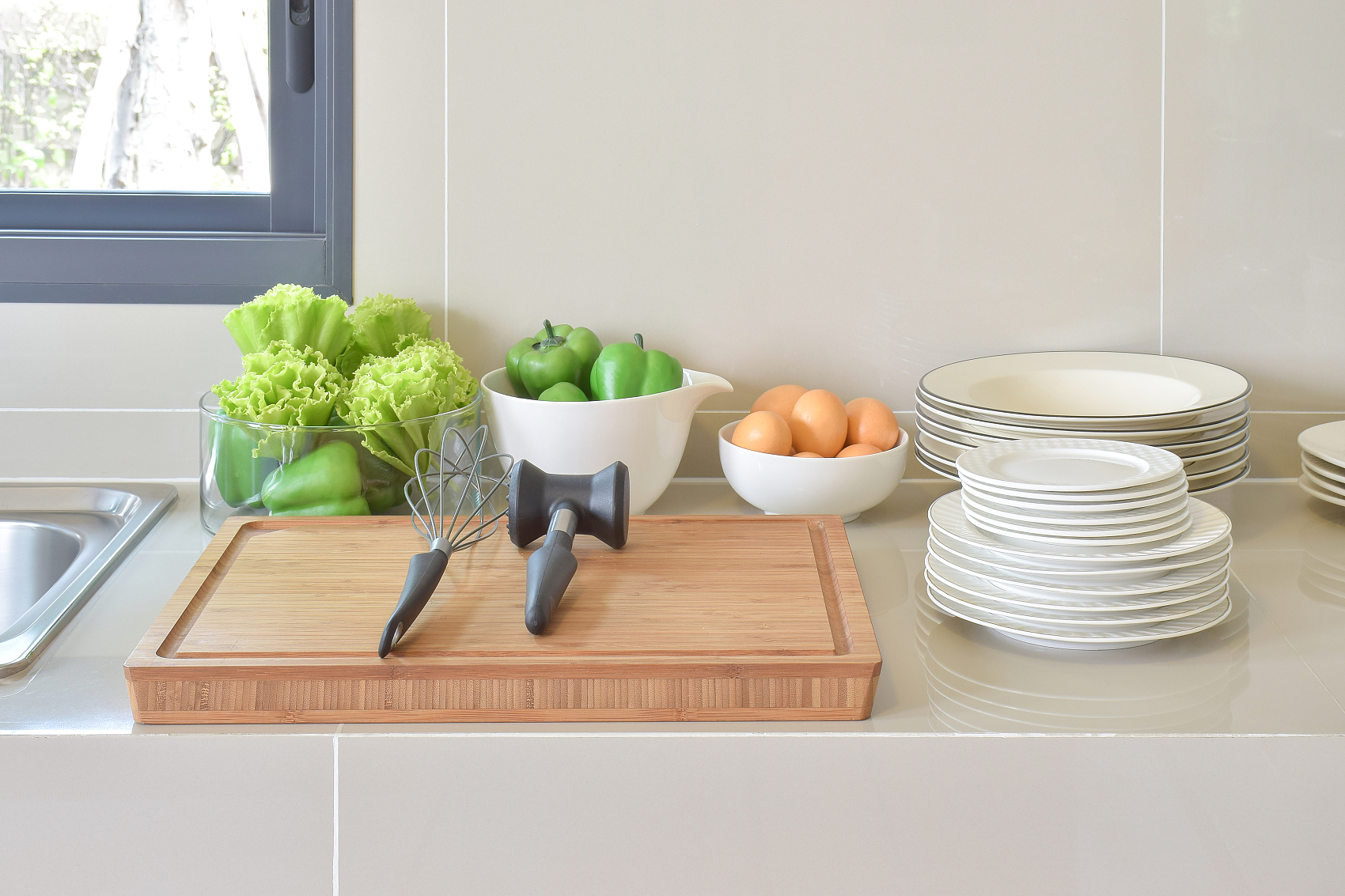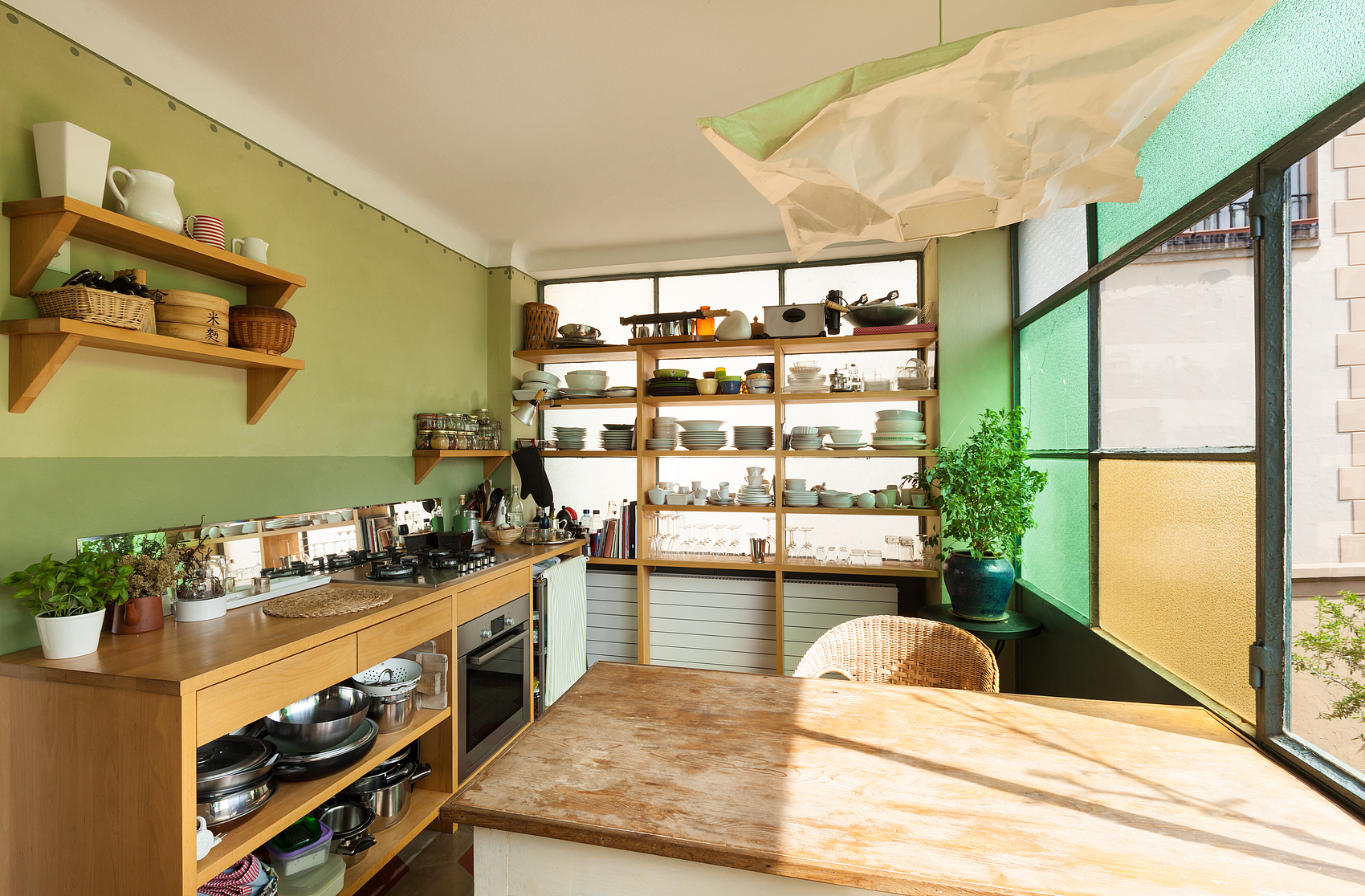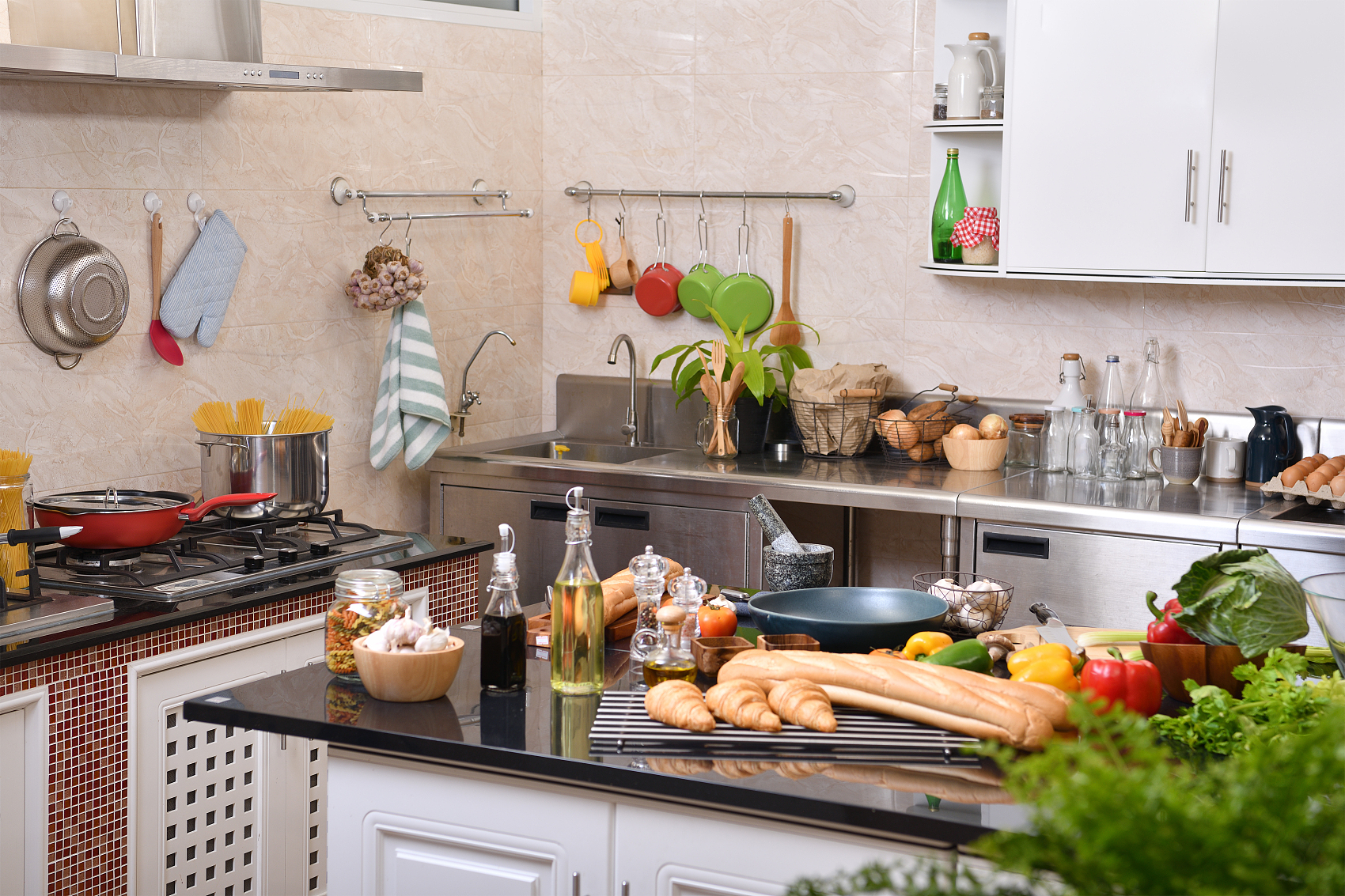Roses are known for their wonderful scent, soft petals, and beautiful colors, and it’s a shame to keep them hidden in distant garden beds. Instead, why not plant them in containers like pots, window boxes, or hanging baskets? This way, you can enjoy their beauty up close, whether on your patio, balcony, or even a sunny windowsill.
Plus, growing roses in containers allows you to control their environment—ideal if your garden has too much shade, poor soil, or drainage issues. While container gardening is easy even for beginners, here are some key tips to help your roses thrive:
1. Pick the Right Rose Variety
Almost any rose can be grown in a pot, but smaller types like miniature roses, polyanthas, or compact shrub roses are best. These varieties fit well and flourish in limited space. If you’re looking to add some height, try a “tree rose,” which is a compact rose grafted onto a single trunk. For a continuous show of blooms, go for repeat bloomers that flower from summer through fall.
2. Choose the Right Pot
Select a container that’s large enough to allow the roots to spread out comfortably. Bigger pots help keep the roots cool, retain moisture longer, and prevent the soil from drying out too quickly. Just make sure the pot has drainage holes to avoid root rot. If large pots are difficult to move, consider using wheeled stands.
3. Use Good Soil
Roses in containers need nutrient-rich, well-draining soil. Opt for a high-quality potting mix and enrich it with compost for added nutrients. Avoid garden soil, which is too heavy and can suffocate the roots.
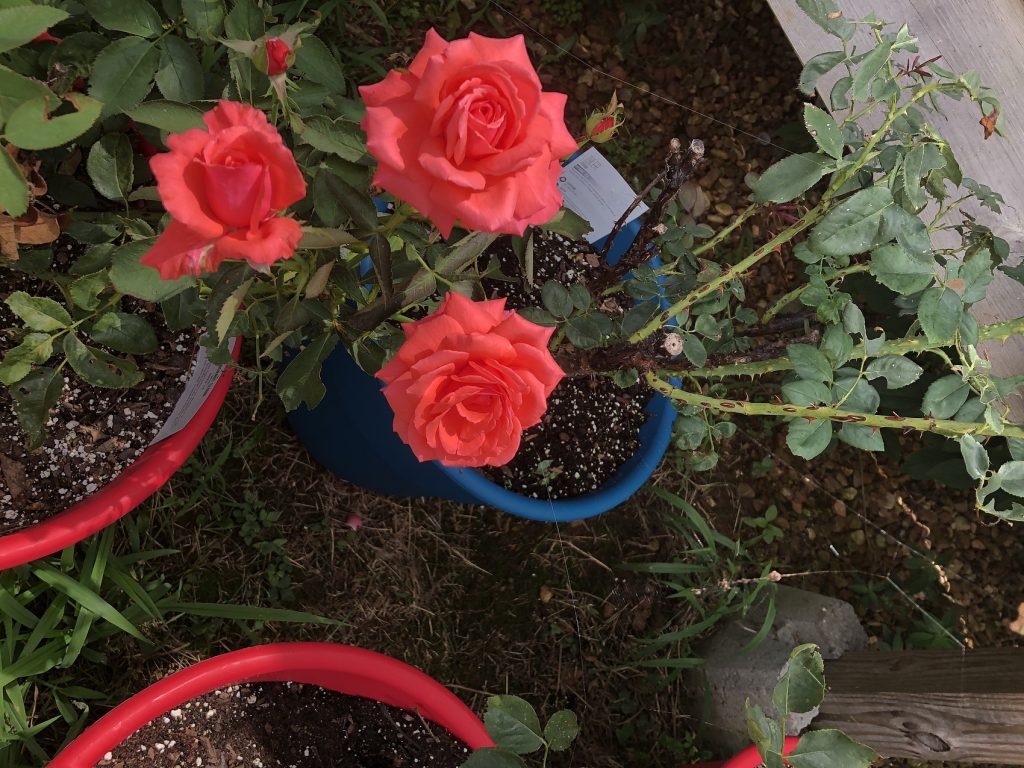
4. Provide Plenty of Sunlight
Place your container roses where they can soak up at least six hours of direct sunlight each day. But watch out for extremely hot weather—too much sun can overheat the container and stress the roots.
5. Water Regularly
Container soil dries out faster, so water your roses whenever the top inch feels dry. Soak the soil until water runs out of the drainage holes. During hot weather, you might need to water daily. If frequent watering isn’t practical, self-watering containers can help by extending the time between waterings.
6. Feed Your Roses
Roses are heavy feeders, so they need regular fertilizing. Start with a slow-release fertilizer when planting and add a liquid rose feed every 4 to 6 weeks. This will keep your plants blooming throughout the season.
7. Prune as Needed
Compact roses generally don’t need much pruning, but it’s still a good idea to trim away dead or damaged growth to keep them looking neat. Many modern varieties are self-cleaning, which means less work for you!
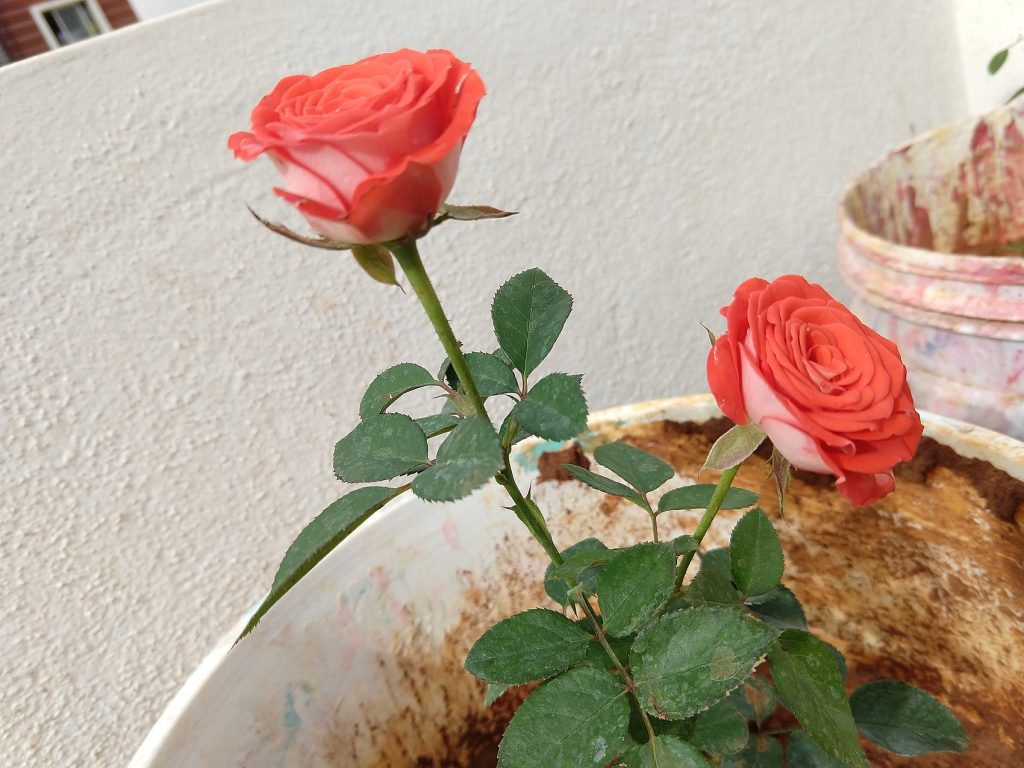
8. Protect During Winter
If you want your container roses to last through the winter, take a few precautions. You can store the pots in an unheated garage, wrap them in burlap, or add a thick layer of mulch on top. Alternatively, you can plant them temporarily in the ground until spring.
9. Repot When Necessary
Over time, your roses may outgrow their pots, or the soil might lose its nutrients. Repot every few years to refresh the soil and give the roots more space. Winter or early spring, when the plants are dormant, is the best time for repotting.
With these simple tips, you can enjoy a thriving rose garden on your balcony, patio, or wherever you choose to showcase these stunning blooms!


